
In the history of architecture, many influential styles have left an indelible mark. Classical, Romanesque, Gothic, baroque, neoclassical, modernist, and baroque are some of the more well-known styles. Today, however, we want to explore another impressive architectural style that deserves more recognition: brutalism.
Brutalism, also known as brutalist architecture, is a style that emerged in the 1950s and 1960s. The term 'Brutalism' was coined by Swedish architect Hans Asplund as 'nybrutalism' in 1955 and popularized by British architectural critic Reyner Banham a few years later. Interestingly, the term is a play on the French phrase for raw concrete, "béton brut," meaning “raw concrete.”
The brutalist style emphasizes materials, textures, and construction, producing forms that are highly expressive. Typically, it is characterized by cast concrete surfaces, massive and unapologetic shapes, and unusual forms. The architectural style is also distinguished by visually imposing geometric shapes, powerful concrete frames, enormous slabs, double-height ceilings, limited windows, and massive, threatening walls, as well as a primarily monochromatic palette. This style is most commonly associated with schools, churches, libraries, theaters, government buildings, and public housing.
Related: A Timeline of Architectural Styles Throughout History
The brutalist movement was popular from the 1950s to the mid-'70s. During the 1980s, the style lost popularity because it was viewed as a sign of urban decay and totalitarianism. The movement was mocked, and the architecture was criticized. A further reason behind its decline was the poor aging of the raw concrete used in construction. This often resulted in water damage and decay, which contributed to the overall appearance of the building.
In recent years, however, there has been a growing respect for the brutalist architectural style. Many new brutalist projects are being built with distinctive monumental concrete volumes. It’s not clear exactly why Brutalism has become trendy again, but the revival, for now, has been branded as “Neo Brutalism.”
Let's now take a look at some unique brutalist architectural designs.
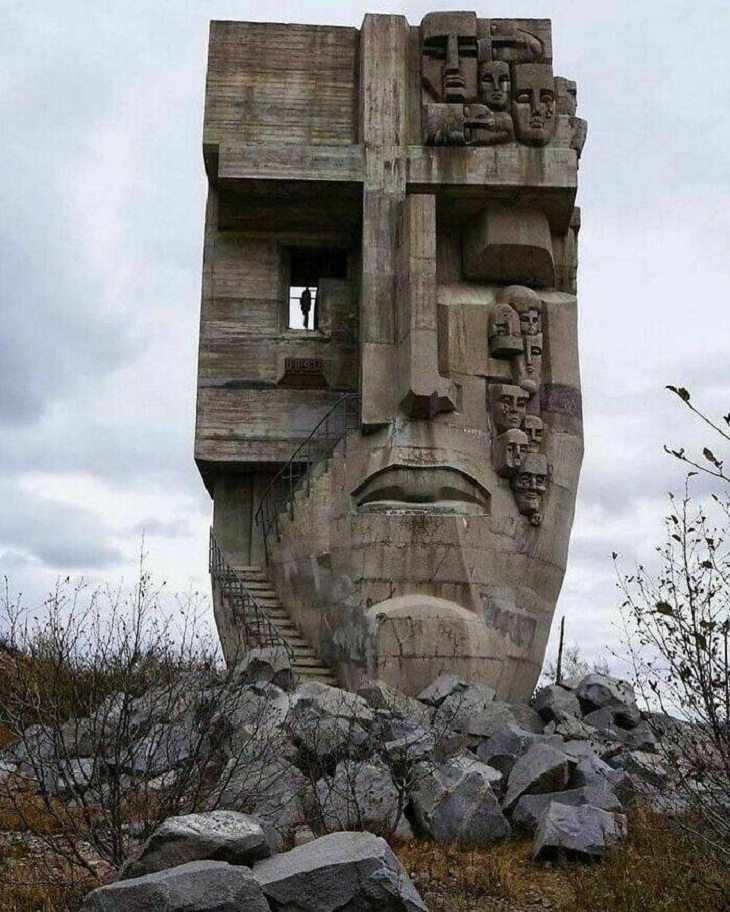
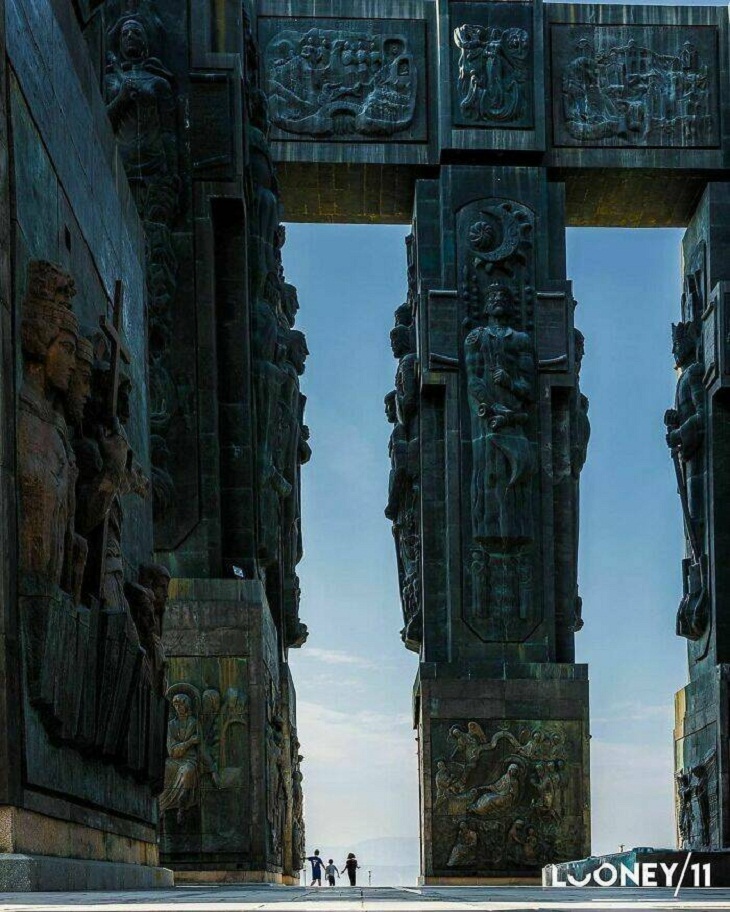
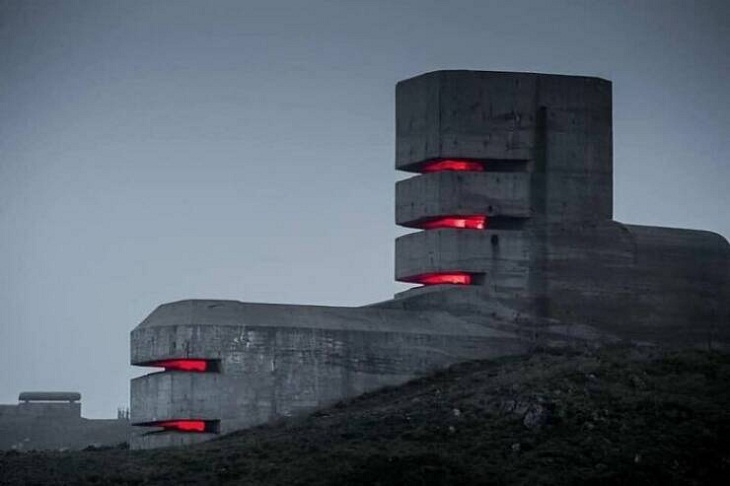

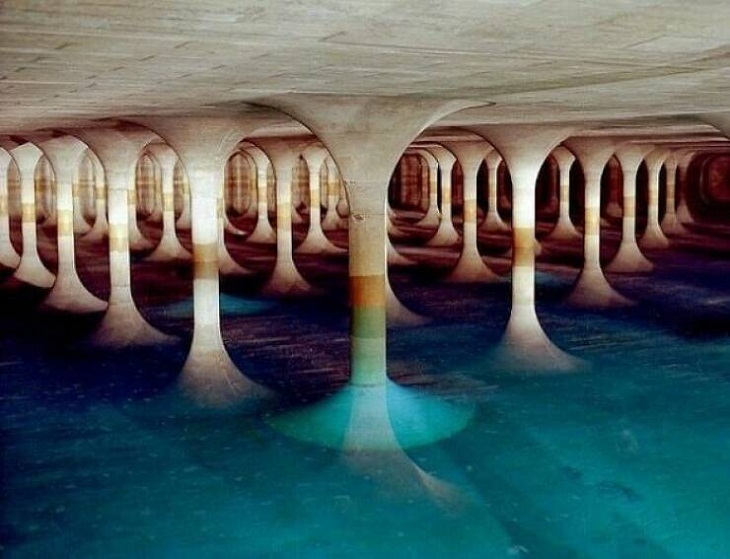
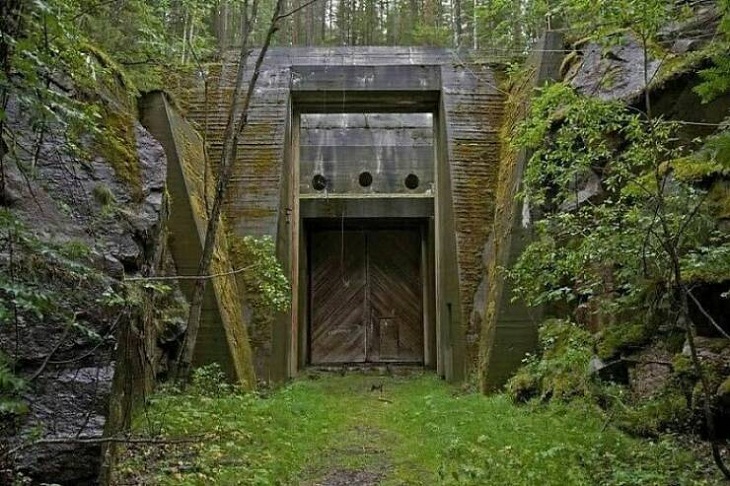

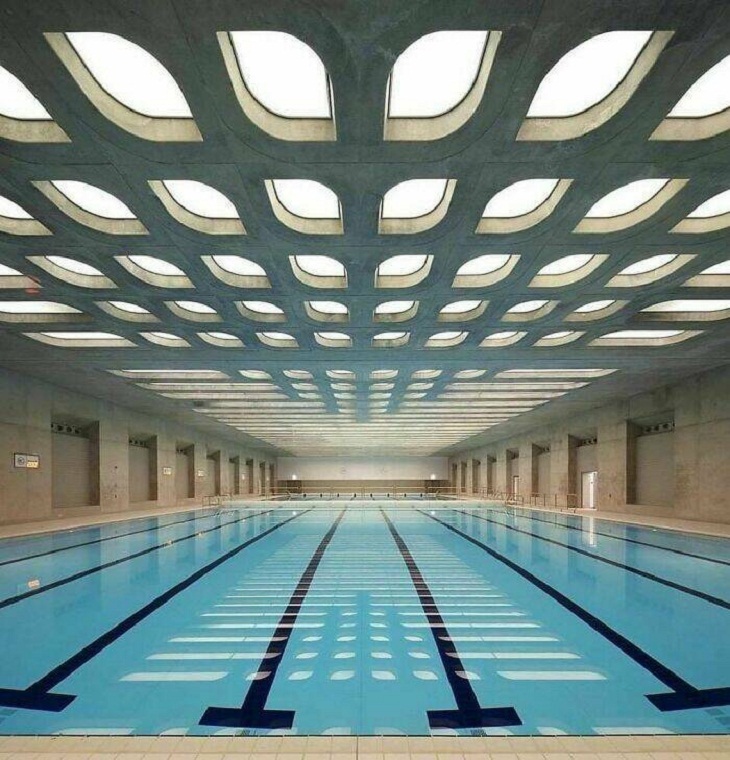



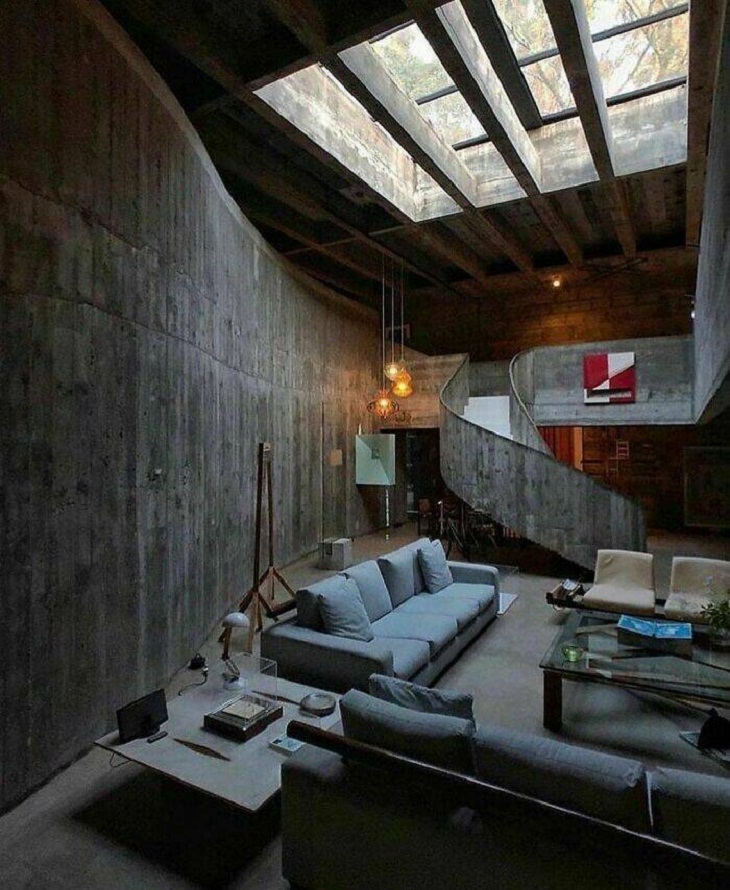
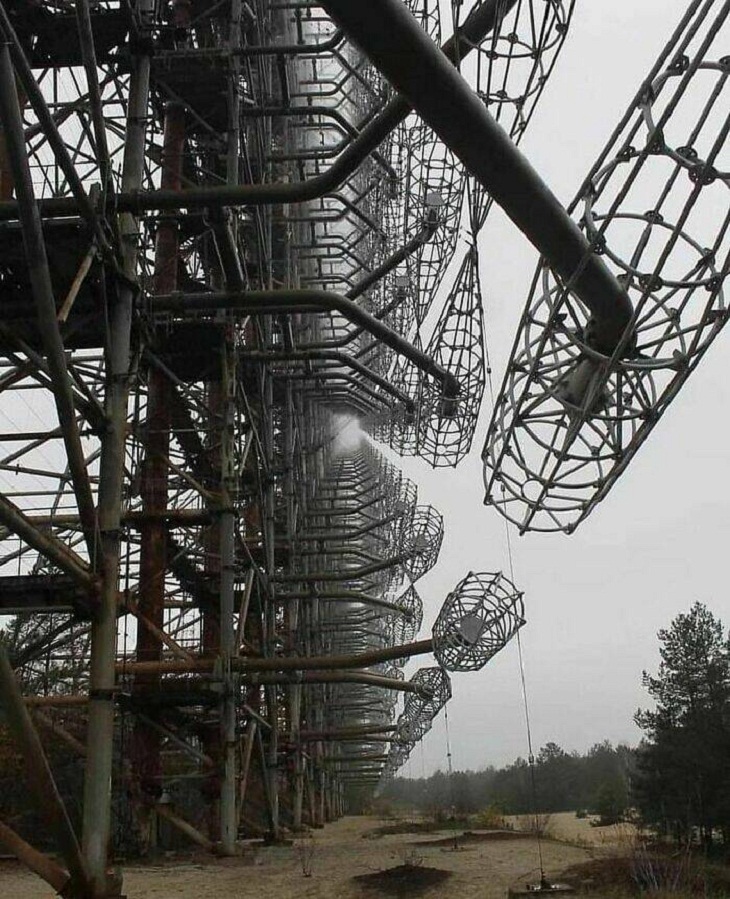


Marvel at These Wonders of Modernist Architecture
Let’s take a look at some of the most impressive and iconic modernist buildings around the world.
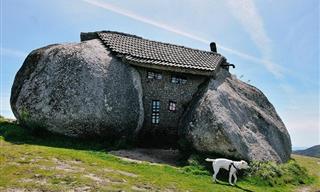
We Want Buildings to Look Unique But This May Be Too Much!
In cities all across the world, you will find architectural marvels like these that will leave you equally amazed and confused.

The Greatest Wonders of Japanese Architecture
We invite you to explore the finest examples of buildings in Japan - starting with traditional temples to the newest of the new.
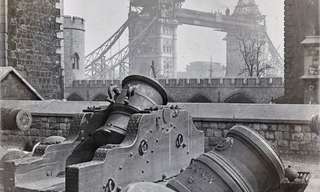
The Humble Beginnings of Famous Structures!
Great and rare photos during construction of some of the most famous structures in history!

You Can’t Tear Your Eyes Away From These Bizarre Buildings
Explore some of the most unusual yet fascinating buildings from around the world…
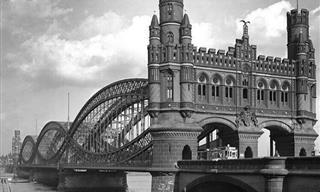
Stunning Architectural Masterpieces That No Longer Exist
Damaged by war, destroyed by fire, or foolishly demolished, these structures didn't withstand the test of time, but they still deserve to be admired & remembered

500 Years of Living Room Design in 12 Astonishing Pictures
Admire how living room interior design has been changing for the past 500 years in 12 astonishingly beautiful pictures
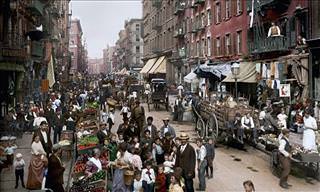
Walk Back In Time With These Colorized Vintage Photographs
Colorization technology has meant that old black and white photographs can be brought to life in full color. Take a look at these stunning images.

This Artist Makes An Entire World Out of Tiny Dioramas!
Tatsuya Tanaka’s miniature worlds will leave you amazed.

Vintage Photos of the Real Wild West - 16 Rare Pics
These 16 remarkable photographs reveal increasingly surprising glimpses into authentic Wild West life.

Relive Your Childhood Magic With These Disney Parks Photos
Step back in time with these classic Disney park pics.
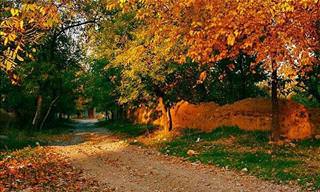
The Undeniable Beauty of Autumn: 18 Gorgeous Fall Scenes
You are invited to take a visual tour and look at a collection of fall photographs gathered from different places around the world. After seeing these 16 pictures you'll probably make fall your favorite season!

These Incredible Photos Will Take Your Breath Away!
Enjoy some of the most spectacular photos from the Smithsonian Magazine's 15th annual contest.

Rediscover History With 17 Rare and Surprising Images
We all learned a great deal about the events that shaped the world but some things are hard to really understand from a textbook...

These Fountains are Some of the Most Stunning in the World
This stunning collection will show you the most remarkable fountains in the world. From world record breakers to ancient landmarks, be sure to take a look.

10 Historical Figures Side by Side Their Live Descendants
Have you ever wondered how the modern-day descendants of some of the most iconic historical figures looked like? Wonder no more, here they are.

Can You Believe These Stunning Photos Were Taken by Kids?
You'll be so glad to discover that National Geographic have run a competition for children photographers - especially when you see this year's winners!

These Colorful Photos Are An Affirmation Of Life's Beauty
These photos are concrete evidence of the existence of beauty in every nook and cranny of our world. What's more, they'll fill your heart with joy and wonder.

View the Stunning & Varied Architecture of the Netherlands
A German photographer has always been fascinated by the modern architecture of the Netherlands, and this is what happened when he went to capture it.

Wow, You Don't See THIS On a Regular Day...
Each one of these photographs has a whole story behind it, and each is more extraordinary than the last. This photo collection brings together some rare and unusual sights that you probably haven't seen before!

20 Stunning Photos Captured at the Perfect Moment
Take a look at these perfectly-timed photos that will undoubtedly take your breath away.

Here Are 14 of the Funniest Wildlife Pictures You Will See
Sometimes wild animals can be pretty amusing without realizing it and these hilarious pictures show them at their funniest!

The 1980s Were Weird, and These Inventions Prove It!
These weird vintage inventions didn’t stand the test of time.

We Bet You Never Knew These Items Were Invented by Women!
Here are 12 great inventions that we wouldn’t have if it weren’t for ground-breaking women.
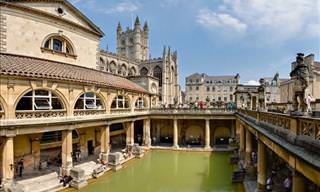
These 25 Amazing Archaeological Discoveries Beggar Belief!
Archaeology has unlocked so many secrets from history that no one understood - and these are the 25 most amazing of all.

Gorgeous: The GDT Nature Photography Awards are Here!
View the 15 most beautiful winning photos taken for the GDT nature photography competition.
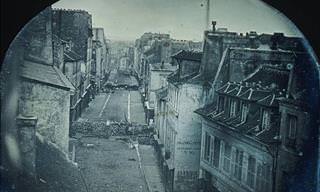
These Old Photos Reveal a Good Deal About the 19th Century
Witness the history of the 19th Century as you never have before, with this powerful collection of early photographs.
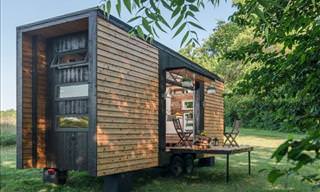
5 Adorable Tiny Houses That May Inspire You to Downsize
I could never understand the tiny house craze, until I saw just how amazing some of them actually look. Here are 5 cute, small houses.

Beautiful Sunset Stories Told Through Photos (12 Pics)
Aaditya Bhat’s stunning sunset photo stories will leave you captivated.

These Tricky Photos Will Have You Do a Double Take
Look closely at these tricky photos or you will be left confused.
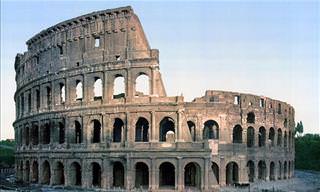
The Full Glory of a Golden Rome...
Look at these unbelievably colorful postcards from Rome, resurrected by Retronaut.

18 Great 3D Images That’ll Bring You Back to the 90s
These 18 nostalgic images will bring many of you back to the 90s, and make you stare at the screen trying to figure out whats going on in them!

See WWII Naval Staff In Full, Beautiful Color
It's always nice to see vintage photos, but there are special. Take a look at life at the Corpus Christi Naval Air Station prior to US involvement in WWII.

17 Historical Pics That Give a Glimpse of The Past
Here, we present to you some rare historical photographs that you are unlikely to have seen before.

These Confusing Pictures Will Make You Look Twice...
You will need to look at these pictures twice to properly understand them.

These Wonderful Pictures Are Proof of Nature’s Wonders
If we don't preserve and defend it, nature may disappear - this is why the Nature Conservancy holds an annual photography competition.

You Can’t Tear Your Eyes Away From These Bizarre Buildings
Explore some of the most unusual yet fascinating buildings from around the world…

15 Remarkable Winners of Past World Nature Photo Awards
If you love animals and nature, these award-winning nature and wildlife photos are something you simply must see!

These Superb Optical Illusions Had Us Fooled!
These epic optical illusions completely caught us off guard!

Awe-Inspiring: 15 Holy Places with an Ethereal Touch
Here are 15 incredible holy sites that will leave you spellbound.

This Couple Did Something Sweet to Mark 70 Years Together
Not many of us make it to our platinum wedding anniversary, but this Chinese couple most certainly did. To mark the special occasion, they recreated their wedding day.

Animal Kingdom Stories Told Through Amazing Pictures
Check out the awe-inspiring wildlife photos of the 2024 Nature inFocus Photography competition.

These Remarkable Ceilings Are a Different Kind of Art!
These fantastic ceilings come from mosques all over the world and one must admit they design is unique, complex and beautiful.
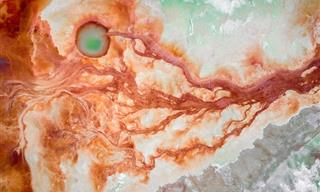
This Spring in the Gobi Desert Looks Like Abstract Art!
The Devil's Eye is a natural spring that looks more like a figment of an abstract artist’s imagination than a real place on our planet.

14 Famous Things Invented by the Japanese
The Japanese are some of the most creative people in the world. Here are 14 things that we bet you didn’t know were originally invented by the Japanese.
 7:36
7:36
5 Ancient Roman Buildings Still Inhabited Today
These Ancient Roman homes were never really abandoned. In fact, some of them are almost perfectly preserved and inhabited to this day...

15 Unique Business Cards That Left a Lasting Impression
Now that's how you make a business card!
To enable your Ad-Free Subscription, please fill the fields below
Your subscription was successful, now you can enjoy an ad-free experience!! Note: To make sure you get no ads, please make sure to log in to your account. If you are logged in already, then refresh the page. The subscription can be cancelled at any time.


